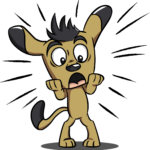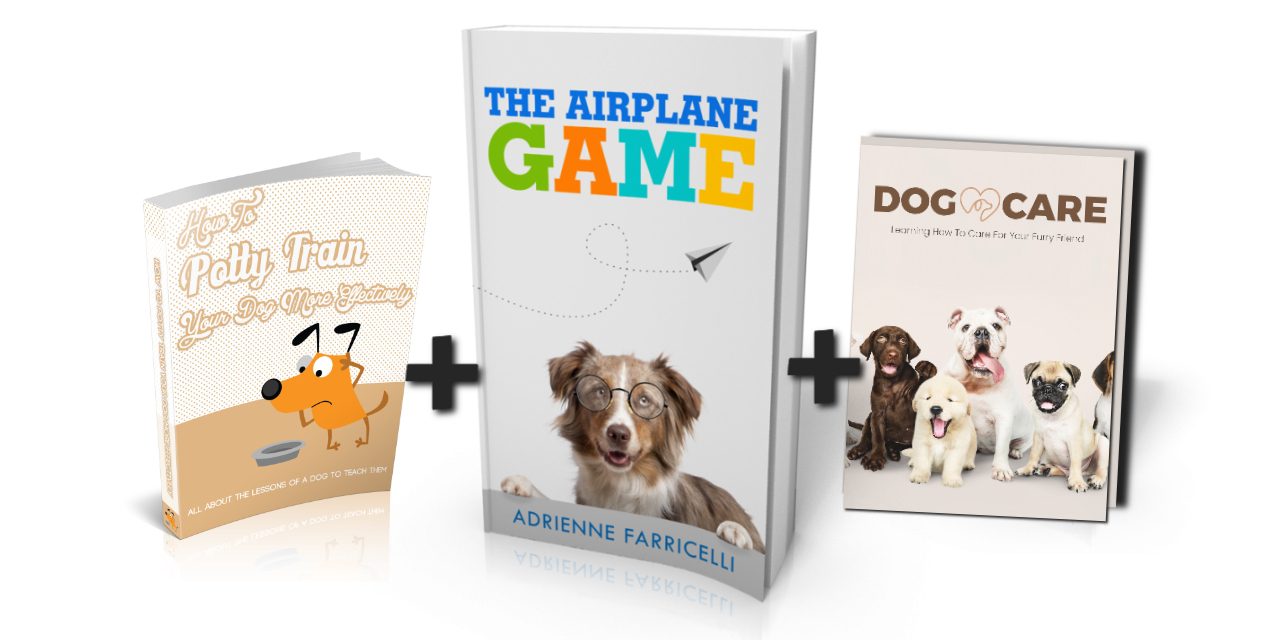Siberian Husky vs Wolf | Whats The Differences?
Siberian Husky vs Wolf
Today, we are going to learn about the differences between the Siberian Husky and the wolf. Most people already know The Siberian Husky and wolf look almost the same; so similar in fact that they can easily pass for long-lost brothers.
History
Where did they originate, and why do these two canines look so much alike?
Siberian Husky
The Siberian Husky is an even-tempered dog with high energy. According to popular beliefs, the dog was bred thousands of years back by the Chukchi Tribe in Russia as a working dog. And while it remains unproven, some people claimed they were bred from wolves or other similar wild canines.
They were trained to pull light loads in a speedy manner over vast lands without getting tired. They also served as family companionship dogs by the end of each workday due to their playful and sweet nature.
The breed remained relatively unknown until a pack of these canines delivered an antidote to save the lives of those suffering from a deadly Diphtheria outbreak in 1925. The pack ran for five days a total of 658-miles of frozen land with Balto, a Siberian Husky, leading the pack. Balto, later on, became the most celebrated and honored dog, and it paved the way for the breed to gain popularity around the world.
To date, Siberian Husky enjoys the 14th spot on the list of the most popular breed in the US by the American Kennel Club.
Wolf
Red and Gray are the two known types of wolves, with up to 38 subspecies. They typically get their names from the place where they live. Since the Gray Wolf is the most common of its kind, we will refer to this kind of wolf throughout the video.
It is believed that Gray Wolves have existed for over a million years, and they originated from the Eurasian continent. They migrated to different parts of the world and developed looks and sizes depending on the climate of their habitat. Wolves are among the few mammals that lived past the Ice Age, proving the creatures’ superb adaptability characteristics.
Appearance
While the two canines have similarities in appearance, including the sounds they make, the shape of their heads, the thickness of their coat that serves as protection from the elements, and the undercoat beneath the fur that keeps their body insulated and warm.
Siberian Husky
the Siberian husky’s average husky average height to the shoulders is between 20 to 23.5 inches and a weight between 35 to 65 pounds. their eyes can range from bright blue to brown to even 1 of each which looks really cool if i say so myself.
Siberian husky coat color can range from pure White, Agouti, Sable, Red and White, Grey and White and Black and White
Wolf
The Grey wolf average height is 26 to 32 inches tall weighing anywhere between 50 to 110 pounds with Yellow colored eyes and costs are usually a mixed combination of grey, white, and browns.
Wolves are larger than Siberian Huskies, and they have longer legs that allow them to run longer distances and make bigger strides.
A wolf’s head is larger and is not proportionate to the body. The size of the wolves’ heads holds their big brains, making them superior when it comes to intelligence. This attribute helps them survive the challenging life in the wild.
Wolves have a narrower muzzle, longer teeth, and larger paws suited to walk through different terrains and hunt and tear their prey in the wild.
The Huskies’ features make them unfit to live in the wild since they haven’t developed good hunting skills like the wolves. This is one of the reasons why the breed has grown to be a domestic canine through the years.
Diet and Lifestyle
Siberian Husky
Despite having a large size, Huskies do not require a heavy diet. But instead, they need a special diet suited to their eating habits. They have a fast metabolism since they were bred to work in conditions where food was scarce. As a result, they developed the instinct of how to use nutrients. They won’t eat when not hungry and are not greedy with food.
It is crucial to watch the frequency of their food consumption between two to nine months, considered their major growth phase. As a puppy, you must feed your Husky about 3 times a day, which will eventually become twice a day. Huskies need nutritious food complete with good fats, vitamins, carbohydrates, and protein. You can give them quality home-cooked food or premium dog feed. They can eat raw meat that is a good protein source, including chicken, fish, and lamb, and they also need to eat vegetables.
Wolf
On the other hand, wolves are mainly carnivores, but their diet consists of 40 percent plant and 60 percent meat. Since they are hunters, they feed on the prey they can catch, depending on the season. For example, they often prey on salmon during autumn, younger prey during summer, large to small birds, mammals, and fish during spring, and deer during winter.
Grooming
Siberian Husky
Huskies do not need frequent bathing because they are naturally hygienic. The ideal bathing schedule for them is once every three or four months. But you can bathe them in instances when they get very dirty after going on a hike or out for a walk. Overbathing may cause your Huskies to lose their skin and coat’s natural oils which isn’t good so don’t overdo it.
Wolf
Meanwhile, it’s part of the wolves’ grooming routine to wash mud stuck in their coats in streams and rivers. They are comfortable in the water. During summer, they keep their bodies cool by bathing in streams while waiting for unsuspecting prey to catch. They also don’t have any problems wading across lakes or through icy streams.
Temperament
The Siberian husky and Wolf have profound differences when it comes to temperament. A wolf is a wild animal, and a husky can be domesticated. Domestication is the process of teaching animals how to cohabit with humans – something that wolves will find hard to do.
Siberian Husky
A domesticated Husky becomes dependent on humans and feels uneasy without them. They thrive in human company and love to exchange affections with them. They love playing and messing around, acting silly, and laying around near their human companions.
Both Huskies and wolves love children. Siberian Huskies can be tolerant of kids but must not be left unsupervised. To ensure safety, take your Siberian Huskies to socialization classes while they are still puppies. This way, they will learn how to greet and behave when they are with other dogs and humans, including children.
Wolf
Wolves are intelligent creatures, yes, but only when it comes to survival. So you can’t expect them to learn tricks, such as doing back-flips or cartwheels upon your command. They thrive where there are no humans, and they tend to shy away from them.
The only exception to the rule is kids. Wolves are fond of children and love playing with them. Despite the fact, you must never leave your young ones with a wolf without supervision. Wolves do not understand how fragile human kids are. They see them as wolf puppies that they can carry around after picking them up in their mouth. This leads to wolves hurting human kids without intending to.
The Sounds They Make
Siberian Husky
Siberian Huskies can bark, but they rarely do it. The breed is not territorial, and barking is considered a territorial act. Some dog breeds bark to greet their owners or show affection. Huskies are generally quiet even when they are excited. Instead of making noises, they will run around frantically before coming to you for a pat. This is why Huskies make terrible guard dogs since they won’t likely bark at strangers.
Wolf
On the other hand, a wolf can, technically, bark. But this is not similar to the usual dog’s bark. Wolves are capable of different vocalization techniques to communicate with their pack, such as howling, whimpering, yipping, whining, and growling. While wolves are capable of barking, just like the Huskies, you will rarely hear them make the sound.
One thing that is similar between the two is that they both howl. Howling is believed to be a primitive trait of canines, which they do to warn others of their kind not to go beyond their territory. So yes, both the Siberian Husky and wolf howl, but so do the Labrador, Beagle, and other breeds. Many canines are also prompted to react by howling when they hear certain sounds, including specific piano pitches or sirens.
Maturity
Siberian Husky
Since Siberian Huskies are domesticated, they will always be dependent on their humans. This is why domesticated dogs never reach the age of full maturity. These pets want to feel the love of their humans all the time. They are like kids – playful and love messing around with their furry siblings or humans.
Wolf
On the other hand, wolves become fully mature by the age of two. At this age, they feel mature enough to survive without their family units. So they leave them to join another pack or form their own. Everything a wolf does is done with an intention in mind. They don’t play silly games or crave affection from their pack. They get involved in fights with members of their pack not because they want to hurt them but because they want to learn how to hunt or fight effectively.
Lifespan
Siberian Husky
Same as other medium to large-size dogs, the Huskies’ average lifespan is 12 years. There are also some that live beyond 15 years. And same with other breeds, female Huskies outlive their male counterparts in many cases.
Wolf
Wolves live up to 13 to 16 years in a controlled land area or a protected wolf park. But the life of the wolves in the wild depends a lot on the circumstances they are faced with. Many of them live up to 8 years old.
Hopefully, you’ve learned a lot about what sets Siberian Huskies and wolves apart. They may look a lot alike, but their differences far exceed the factors similar to these two canines.
Any dog can be friendly when properly trained and If you’re looking for professional dog training but are on a budget or just feel more comfortable training your dog at home Click HERE








